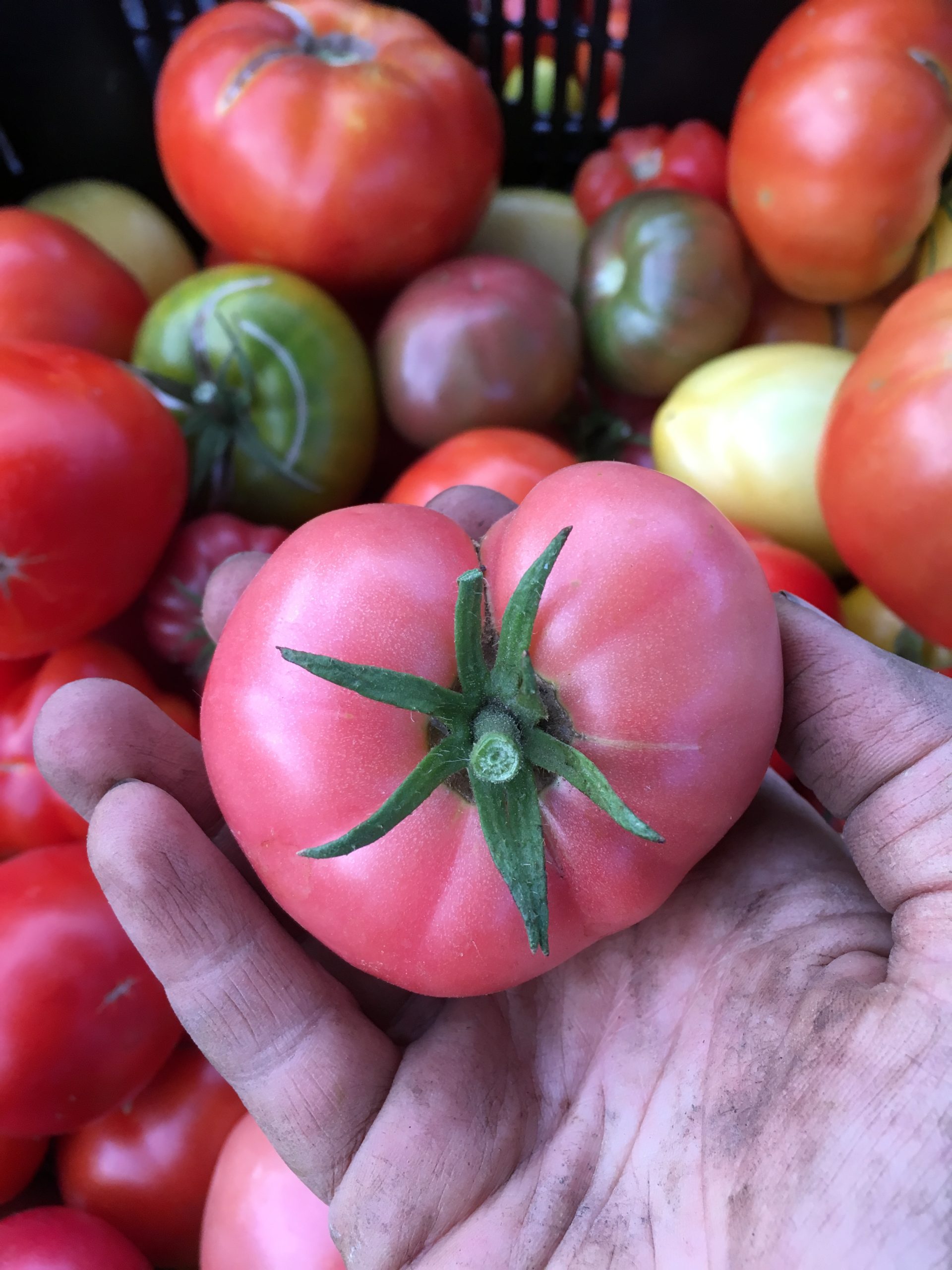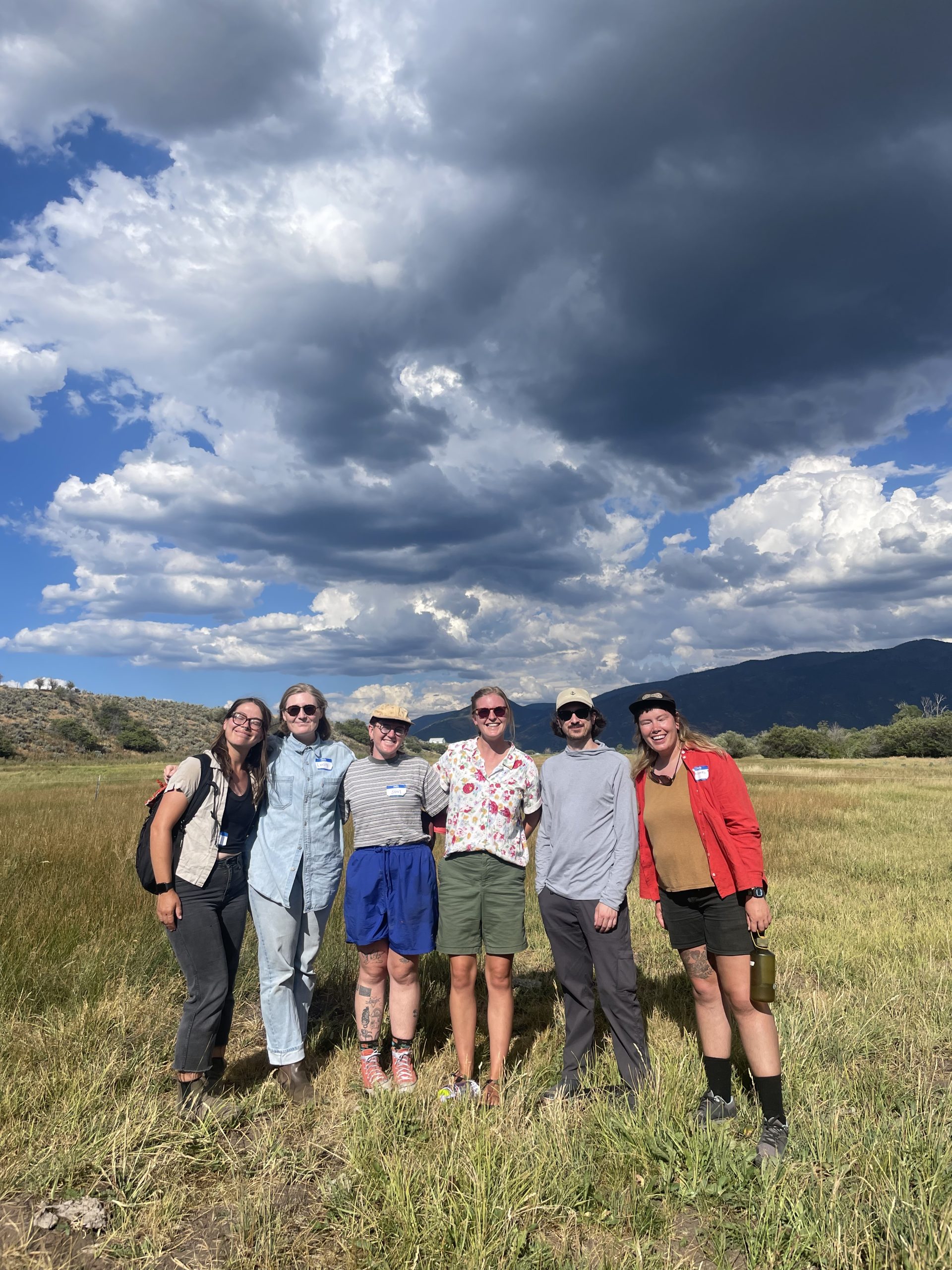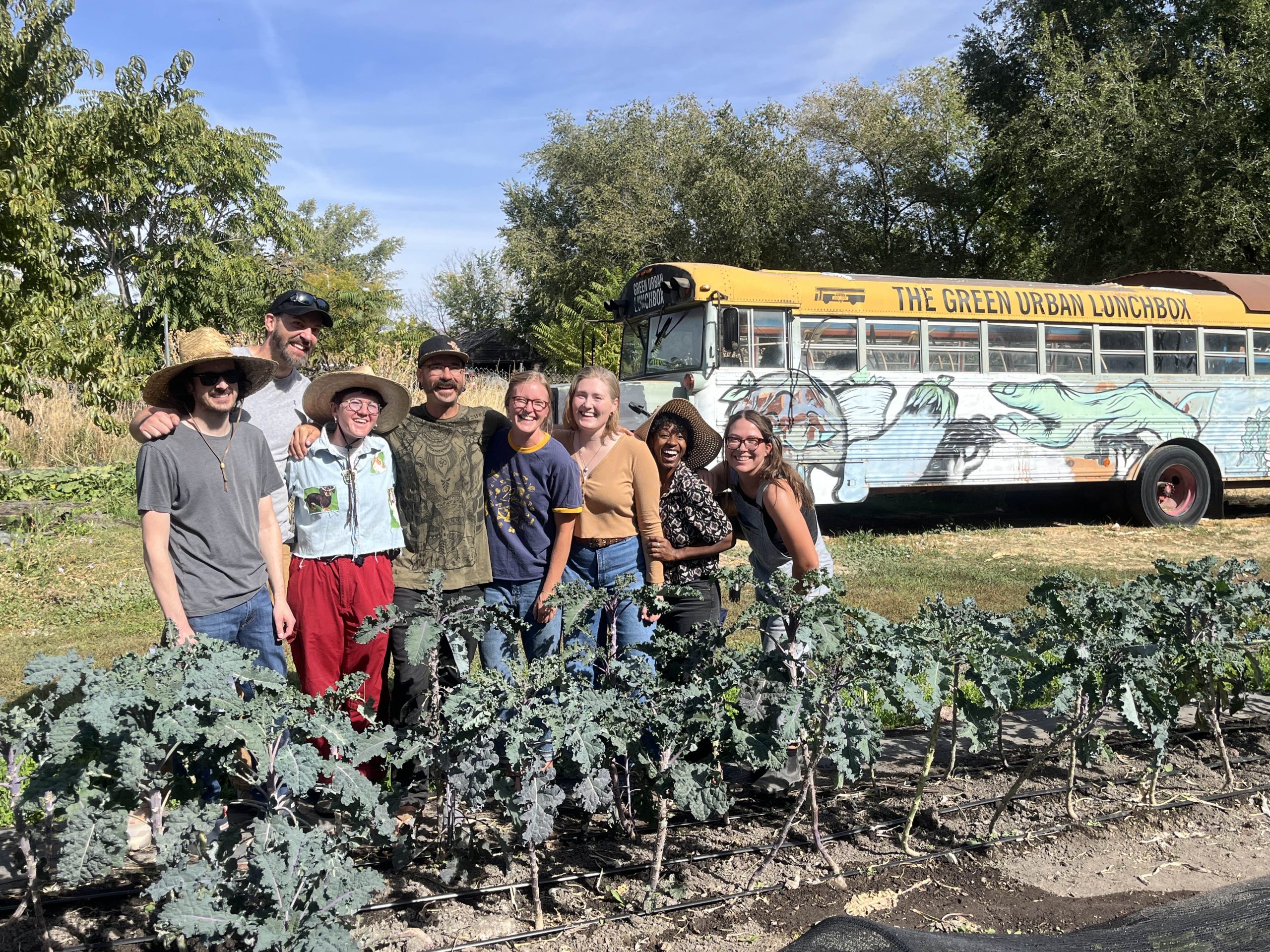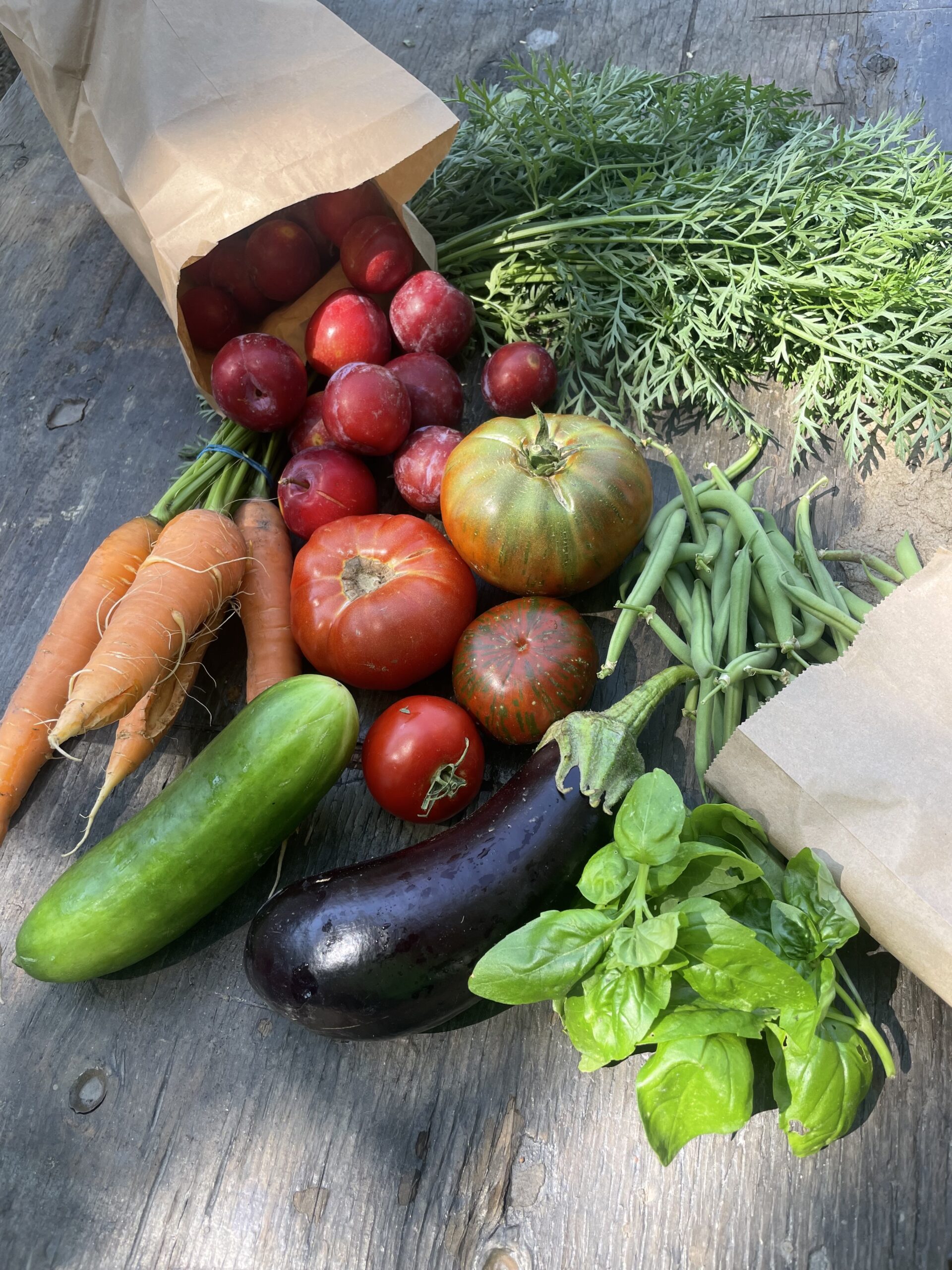
What is Food Insecurity?
Jenae Ridge
First, let’s unpack the difference between being food insecure and hunger:
Food Insecurity
The USDA defines food insecurity as “households [that] are uncertain of having, or unable to acquire, at some time during the year, enough food to meet the needs of all their members because they had insufficient money or other resources for food.” To be food secure means that a household always has reliable access to enough healthy, nutritious food for every member of the household.
Hunger
Hunger, however, occurs when lack of access to enough food interferes with one or more household members’ food routines. In this context, hunger is different than what you might immediately think of. Yes, we may feel hungry if dinner is taking a little longer to cook than we had planned. But what we are really talking about is an individual experiencing hunger pains because there isn’t access to enough food for every member of the household.
Therefore, a household can be food insecure without having any members experience hunger. Food insecurity can take on a lot of forms, which means that:
Food insecurity can be difficult to recognize.
While certain populations are more likely to experience hunger, people from all demographics can experience hunger. Many going unseen by those around them. The USDA’s definition of food insecurity includes “reduced quality, variety, or desirability of diet”. This means that a household may have access to enough food, but perhaps not a variety of healthy, nutritious foods. Or they don’t have the means to follow a desired diet (vegetarianism, veganism, gluten-free, preferential, or medically necessary). A household may also be considered food insecure if there is enough food, but anxiety or stress is experienced by one or more household members around access to food.
Food insecurity can be especially tricky when a household’s income is greater than the requirements for aid, yet the household experiences any of the above possibilities. This can happen due to a lack of affordable housing, healthcare, education, and many, many other reasons.
How many people are affected?
Because of all the above complexities, many more people experience food insecurity than one might initially think; the USDA states 37.2 million individuals experience food insecurity each year. According to Feeding America, 1 in 9 of our neighbors in Utah do not have enough money to buy nutritious food or have to choose between paying for other necessities (medical bills for example) and quality food. To meet the food needs of every Utahn facing hunger, Feeding America estimates it would take an additional $171,029,000 per year (note: Utahns facing hunger only).
The key here is that food insecurity is different for every affected household. There is no face to food insecurity or hunger.


